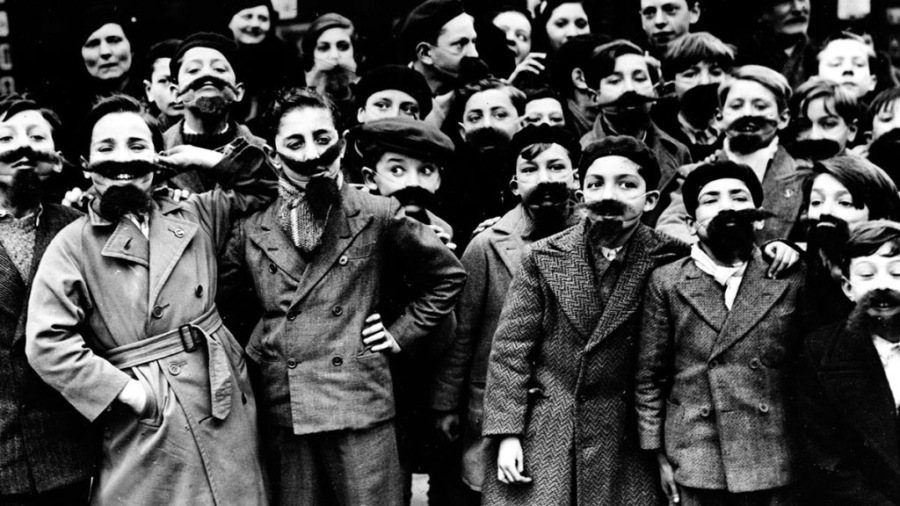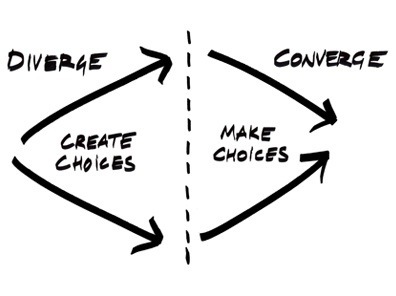Is Group Think Dangerous?
Editor's Note: I found this excellent article in the Harvard Business Journal by Art Markman. Read on and enjoy. As always, you can find all my blog posts from 2013 to the present on my website at http://stevemarshallassociates.com/steves-blog/
Resolving the first issue requires getting your employees to learn more about the way they think… a tall order for managers. The second issue, though, is well within your ability to change.
A key element of creativity is bringing existing knowledge to bear on a new problem or goal. The more people who can engage with that problem or goal, the more knowledge that is available to work on it. Unfortunately, quite a bit of research demonstrates that the traditional brainstorming methods first described by Alex Osborn in the 1950’s fail. When groups simply get together and start throwing out ideas, they actually come up with fewer ideas overall and fewer novel, actionable ideas than the individuals in that group would have come up with had they worked alone.
To fix this problem, it is important to think about the two phases of group problem-solving: divergence and convergence.
Divergence happens when the group considers as many different potential solutions as possible. For example, a common

Convergence happens when the variety of proposed solutions are evaluated. In this phase, a large number of ideas are whittled to a smaller set of candidate solutions to the current problem.
The core principle of group creativity is that individuals working alone diverge, while group members working together converge. In group settings, as soon as one person states a potential solution to everyone else, that influences the memory of every person in the group in ways that make everyone think about the problem more similarly. That is why groups working together diverge less than individuals working alone.

When you start to generate solutions, you again want divergence. Again, have people work alone to start. Then collect people’s initial ideas and send them around to other group members and allow the divergence to continue as group members individually build on the ideas of their colleagues. Because people are still working alone, the way they build on other people’s ideas is still going to be different from how other group members are building on those ideas.
After this process, you can give the resulting ideas to everyone and then let the group get together to discuss them. This discussion will gradually lead the group to converge on a small number of candidate solutions.
This process maximizes the contribution of the group. Everyone gets to engage their knowledge in service of the problem

This simple procedure works effectively because it respects what individuals and groups do best.
Next Week: Here is some of the crazy s*#t I think about.
Articles from Steven Marshall
View blog
NOTE: This blog was initially published in 2014 as part of a series I wrote about the most unforget ...

Note: Do you know what is the worst part of working in an office? Working with people you don't like ...

Editor's Note: I enjoy driving because, quite often, I do some of my best thinking during that time. ...
Related professionals
You may be interested in these jobs
-

Physician / Alabama / Locum Tenens / Loan Forgiveness in Mobile AL Job
Found in: Lensa US P 2 C2 - 6 days ago
The Curare Group Mobile, United StatesAn immediate opening for a Pediatric Hospitalist in Mobile, Alabama. This is a hospital-employed position with a schedule of 7 days on followed by 7 days off, which includes one weekend per month, totaling 156 shifts annually. Each shift spans twenty-four hours, comprising eight ...
-

Maint Tech
Found in: beBee S2 US - 3 weeks ago
NextEra Energy Loxahatchee, United StatesRequisition ID: 77944 · Florida Power & Light Company is America's largest electric company, providing clean, affordable, and reliable electricity to more than 12 million people in Florida. We operate one of the cleanest power generation fleets in the U.S. and our reliability is ...
-
Prior Authorization Specialist
Found in: Lensa US P 2 C2 - 6 days ago
Singing River Health System Pascagoula, United StatesPrior Authorization Specialist · Financial Services Building - Pascagoula / Full-Time / Monday - Friday, 8:00am-4:30pm / · Pascagoula, Mississippi, 39581 · United States · PositionOverview:The Authorization Specialist evaluates medical services ordered for authorization requir ...

Comments
Steven Marshall
7 years ago #4
Thank you, Ali. I will read yur post very soon.
Ali Anani
7 years ago #3
Steven Marshall
7 years ago #2
Hi Toni, I like to float ideas beyond the leadership circle to encompass the people with the ants-eye view of the day-to-day challenges in any environment. If new ideas float with these folks, then I think they have passed a critical test. Then you have a perfect combination of convergence and divergence. Simple to do, too.
Steven Marshall
7 years ago #1
Thank you, Steven Brooks, for your comments and tweeting the post forward. The traditional brainstorming model was maybe a good idea 40 years ago but it has been proven that it doesn't work in today's business environment.